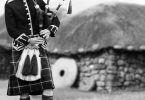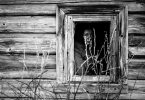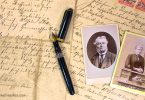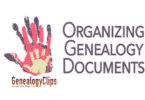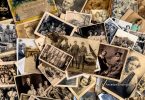Is there a story in your family about having a distant great-grandmother who was a Cherokee Native American? It would not be unusual if you did. This is a common story in many American families. It is almost always a female ancestor who is a Native American in these stories. This is probably because some early French trappers who came to North America, as well as a small number of English settlers in North America, did marry Native women. However, it was the exception rather than the norm.
Most of the time, the story of the Cherokee great-grandmother is just that — a story. However, sometimes it is genuine. If you have done your genealogy research properly and know for sure that you have Native ancestry, the Dawes Rolls may be helpful to you in finding out more about your Native ancestors.
If your Native ancestors were Cherokee, Creek, Choctaw, Chickasaw, or Seminole (the five so-called “civilized” tribes, according to the US government, the Dawes rolls may be a big help to you in your research. In 1893, US President Grover Cleveland appointed members to the Commission to the Five Civilized Tribes, also known as the Dawes Commission. The second name was in reference to the commission’s chairman, Henry L. Dawes. The purpose of the commission was to get rid of tribal or communally owned lands of these Native Americans and break up those lands into smaller, individual lands allocated to each tribe. The “surplus” land would be sold to white settlers who were moving west.
To receive their individual land allotment, the individual members of each of these tribes had to be deemed eligible for membership in the tribe by the federal government. This meant enrolling tribe members to the Dawes Rolls, and confirming each name on the rolls was a real tribe member through their genetic ancestry. The Commission began enrolling tribe members on the rolls in 1896, but their results were deemed invalid. They did it again in 1898. Anyone who applied the first time had to re-apply. Applications to the rolls were accepted until 1907, though some individual stragglers were added up until 1914.
The resulting “Final Rolls” are the names of those tribe members who the federal government deemed eligible for membership in one of the five considered tribes. Information found on these individuals on the rolls includes their name, degree of relation to the tribe by blood, and a listing of their genealogical descent. There may even be supporting documentation for this information for some individuals. Of the more than 250,000 people who applied, only 101,000 were approved. A list of those who were not approved is also included on the rolls.
If your ancestor was a member of one of these tribes but did not live in Oklahoma, they may not be on the rolls, as a residency in Oklahoma was a requirement for being allotted land.
As you can see, there is plenty of excellent information to be found on your Native American ancestors on the Dawes Rolls and even information that may help you trace your ancestry farther back in time in the tribe. You can find the rolls at the National Archives, at branches of the LDS Family History Libraries, and online.


